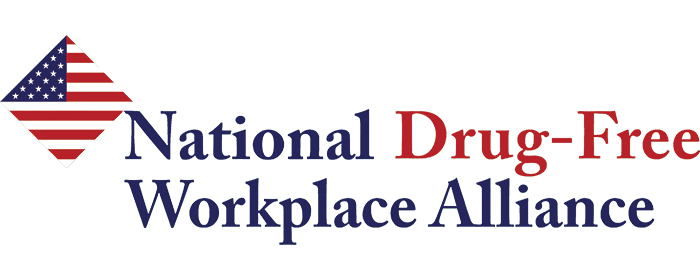Prescription Drug Abuse & The Workplace
Primarily due to easy accessibility, prescription drug abuse is one of the fastest growing trends in the United States. There are many reasons people abuse prescription drugs. A common misconception is that many believe that prescription drugs are not abused or as addictive as the more familiar drugs such as cocaine or heroin. Prescribed drugs are just as addictive, every bit as potent as heroin and cocaine, and have similar adverse effects on the job. Reduced productivity; absenteeism; along with impairment while operating motor vehicles and equipment is common among those who are addicted to pharmaceuticals. Abuse of prescription drugs compromises the employer’s ability to maintain a safe and productive work environment and should be addressed immediately.
Here are a few statistics employers should know:
- Severe agitation and anxiety
- Fast, racing heartbeat and higher blood pressure
- Nausea and vomiting
- Muscle spasms, seizures, and tremors
- Intense hallucinations and psychotic episodes
- Suicidal and other harmful thoughts and/or actions
- Death
- Nationally, 4.3 million current nonmedical users of painkillers. Nearly 2 million people have painkiller substance use disorders.
- 23% of the U.S. workforce has used prescription drugs non-medically.
- Even employees who take a regular dose may be too impaired to work, especially in a safety-sensitive position.
- In 2006, the estimated total cost in the United States of nonmedical use of prescription opioids was $53.4 billion, of which $42 billion (79%) was attributable to lost productivity.
- Injured workers who are prescribed even one opioid have average total claim costs four times greater than similar claims from workers who were not prescribed opioids.
- Receiving more than a one-week supply of opioids soon after an injury doubles a worker's risk of disability one year later.
- State court decisions have found employers and worker's compensation insurers financially responsible when an injured worker who is prescribed painkillers fatally overdoses.
Types of Prescription Drug Abuse
Prescription drug abuse includes any non-medical use of a prescription drug or using prescription medications in ways that are not specified by health care professionals. It can also include using someone else’s prescription.
Commonly Abused Prescription Drugs
The most popular drugs for abuse are classed in terms of what they do:
Opioids
Prescription opioids are often powerful pain relievers that are sometimes pilfered from relatives who have prescriptions for pain management.
Depressants
Central nervous system depressants are used as tranquilizers and sedatives and help control sleep disorders and anxiety. Like opioids, depressants are easy to obtain.
Stimulants
Stimulants are used both for recreation among young people and among the "smart kids” in order to help them focus more intensely or to stay up later to study.
Over-the-Counter (OTC) Drug Abuse
OTC drugs such as cough medicines containing dextromethorphan (DXM) are abused for their almost hallucinogenic effects on vision and hearing. They can cause adverse reactions due to medical conditions or other medications the user may already have consumed. Just because they are legally available without a prescription does not mean that they are safe, especially when not used according to directions.
Warning Signs
Prescription drug abuse does come with warning signs. However, many of the warning signs for drug abuse may also be symptoms of other health disorders. If you are an employer or supervisor, document your observations should you note any of the following warning signs. If you are an employee, please share your observations with your supervisor or next level manager. Here are some typical behaviors:
• Dramatic changes in behavior
• Decrease in work performance
• Failure to fulfill major work obligations.
• Use of substances in situations when it is physically hazardous
• Abrupt mood swings or moodiness
• Personality instability
• Ongoing use of prescription drugs or frequent doctor switching
• Dramatic changes in appearance
• Excessive over-the-counter medicine use
• Always looking for money
Putting It All Together
It is important to remember that one unusual behavior or symptom does not necessarily point to a drug problem. Clusters of behaviors may be more indicative of possible substance abuse. Obtaining guidance from a human resource expert, a doctor familiar with substance abuse, substance abuse counselors or an Employee Assistance Program (EAP) specialist could be helpful to sort through the facts and observable behaviors.





